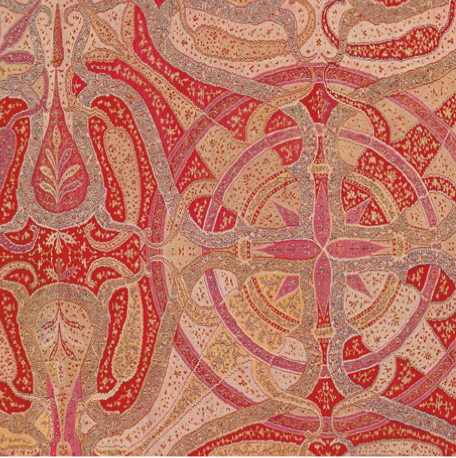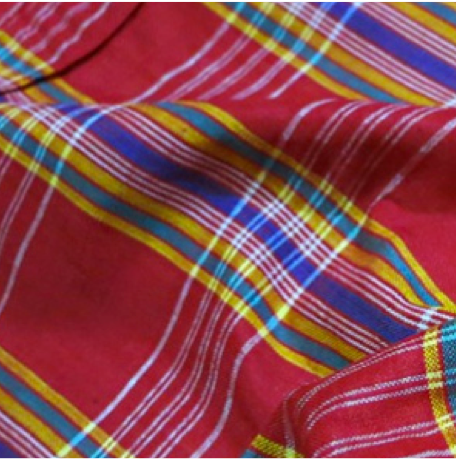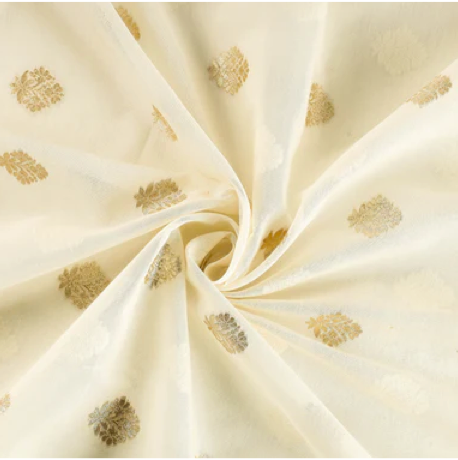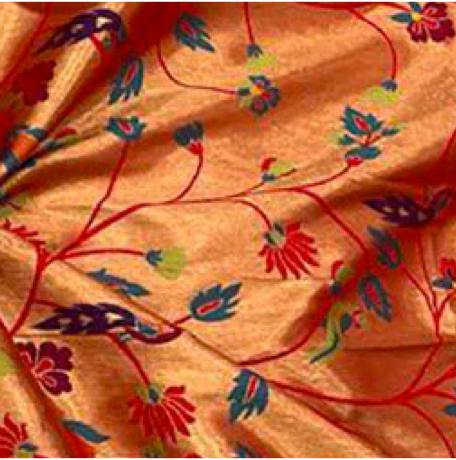The Handloom Story
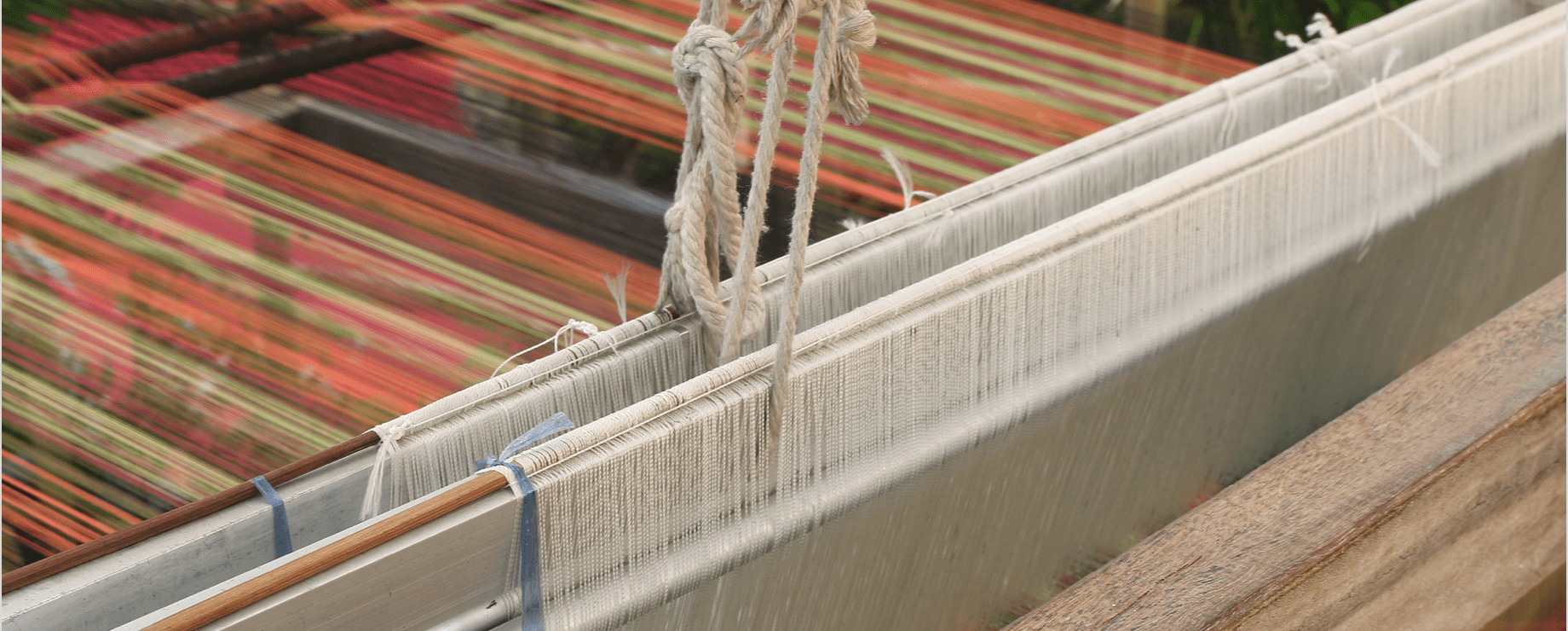
A 'handloom' is a loom that is used to weave cloth without the use of any electricity. Hand weaving is done on pit looms or frame looms generally located in weavers' homes.
Indian Handloom dates back to the Indus valley civilization. Even in ancient times, Indian fabrics were exported, Rome, Egypt and China. There are different styles of weaving in different parts of the country, and sometimes in the same region there could be as wide a range as 20-30 varied styles. From simple plain fabrics, Tribal motifs, geometric designs, ty and dye, to exhaustive art muslin, our weavers had been master craftspeople. No other country can boast of such exclusive wide range of rich textile art, even today in res almost every village had its own weavers who made all the clothing requirements needed by the villagers: sarees, dhotis, clothing fabrics, towels, bed sheets and kerchief, scarves etc. Some areas where it is cold in winter there were specific wool weaving centers
Indian handlooms, often representative in nature, are distinguished by their weaving methods, use of symbols and other imagery, colour, etc.
From the Khanda of Odisha to Mug Silk of Assam, from Phulia cotton of West Bengal to Kota Doria of Rajasthan from Chander of Madhya Pradesh to Pochampally of Telangana, the It is endless. Traditional dresses from the northeastern states, such as the 'mekelhador of Assam or the 'phanek maye of Man speak volumes about the beauty of Indian handlooms
Weavers from Manibandha and Nagata are skilled in weaving the Khandu, predominantly red or orange in colour and known for their glossy finish. The Pasapall from Bargarh draws inspirations from the 'pasa (an Indian board game which played a leading role in the Indian epic Mahabharata) while the tribal belt of Kalahandi is known for its Habaspur, adorned with natural motifs such as flowers and fish
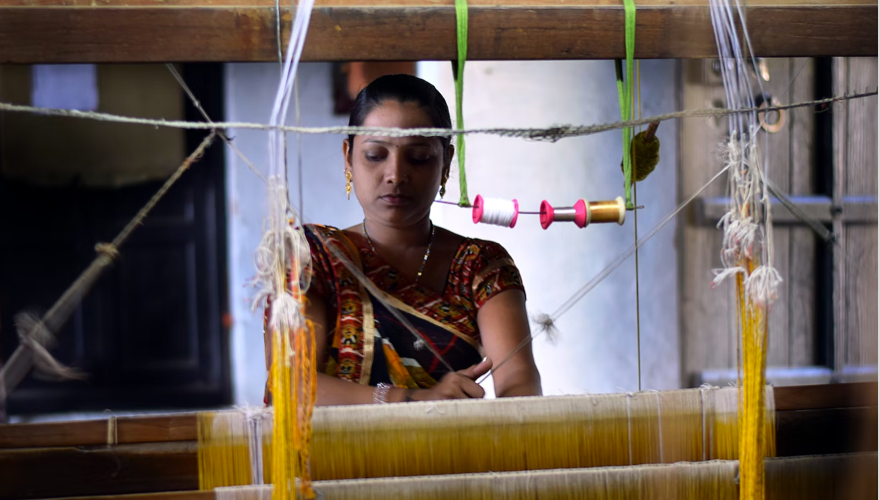
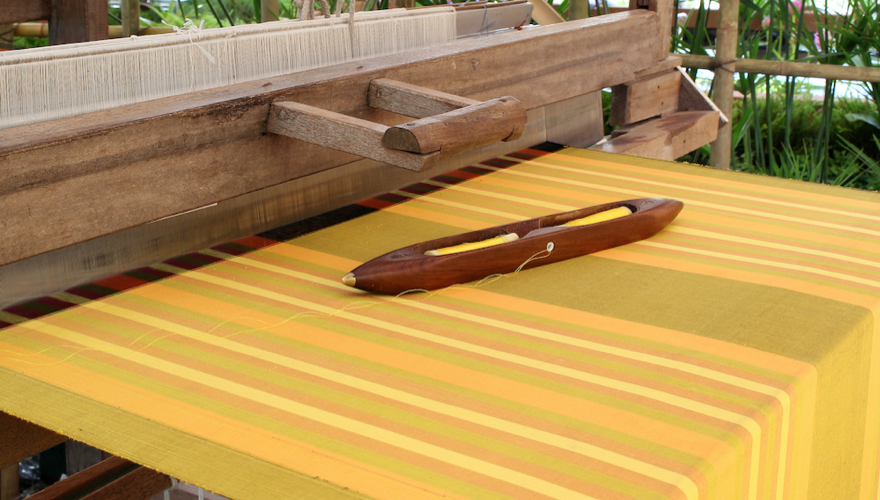
The handloom industry in India has a long tradition of outstanding artisanship that represents and preserves vibrant Indian culture, India's handom artists are globally known for their unique hand spinning, weaving and printing style. They are based out of small towns and villages of the country which transfer skills from one generation to the next
Handloom weaving is a labour of love as much as it's a source of livelihood. It requires utmost patience, artistry, and technical skills not to mention physical strength The weaver's hand is at the heart of this intricate process. They select the yarn, pattern, colour, texture, and precise technique to create their desired aesthetic

